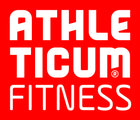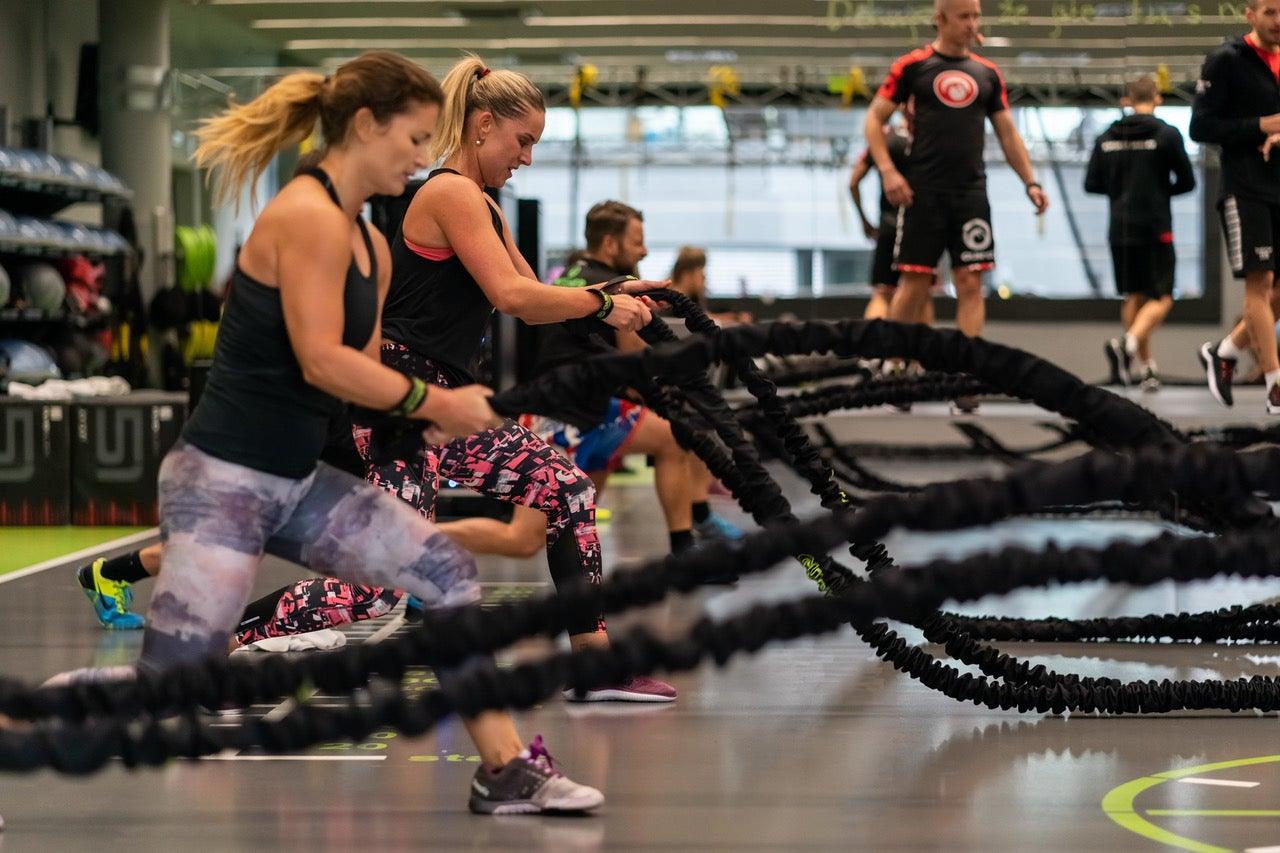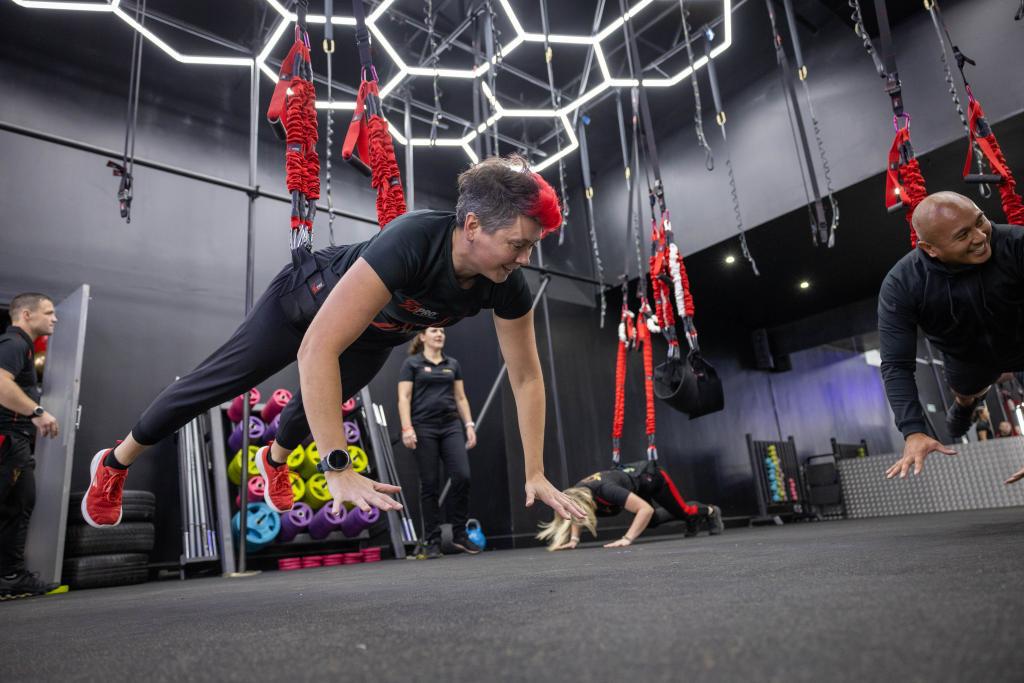Health Blog

Regular physical activity extends life expectancy, primarily by reducing the risk of premature death from heart disease, thanks to exercise's protective effects on the heart.
Over three decades ago, researchers started using heart ultrasounds to see how regular exercise affects the heart without being invasive. This sparked numerous studies delving into the changes seen in what we now call "athlete's heart."
Initially, it was believed the heart getting bigger from training was no big deal, but now it is understood it can have serious health effects. This shift in thinking comes from using advanced imaging to better study athletes, revealing that extensive training can mess with the heart, imitating diseases, and posing risks like sudden death or disease progression.

"Age is an issue of mind over matter. If you don't mind, it doesn't matter," a quote attributed to Mark Twain and famously echoed by Mohammed Ali before his final bout, has endured in various forms for decades. Yet, as our bodies undergo the inevitable effects of ageing and the relentless progression of time becomes increasingly apparent, how many of us can navigate around the obstacle posed by that inconspicuous "If"?
Geroscience, a biomedical research field, aims to comprehend the mechanisms through which ageing processes contribute to chronic diseases. Its objective is to devise interventions that can prolong human healthspan and forestall the onset of age-related diseases. The identification of nine hallmarks and seven interconnected pillars of ageing has revealed modifiable factors that can decelerate the ageing process and simultaneously address multiple chronic diseases.





